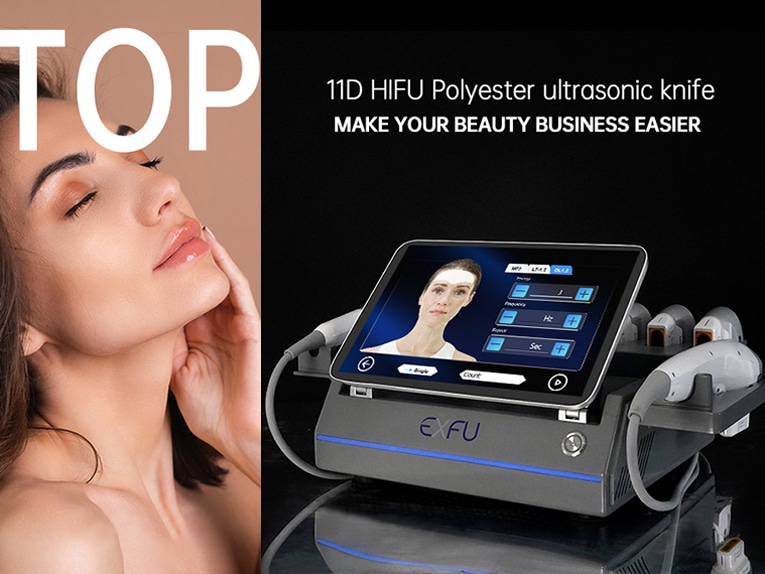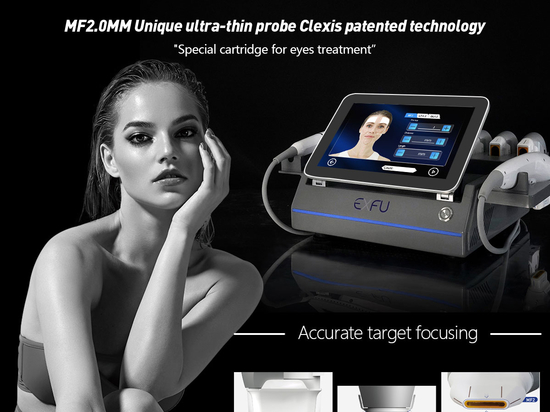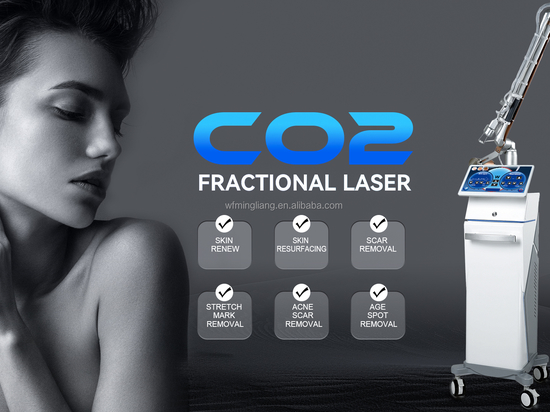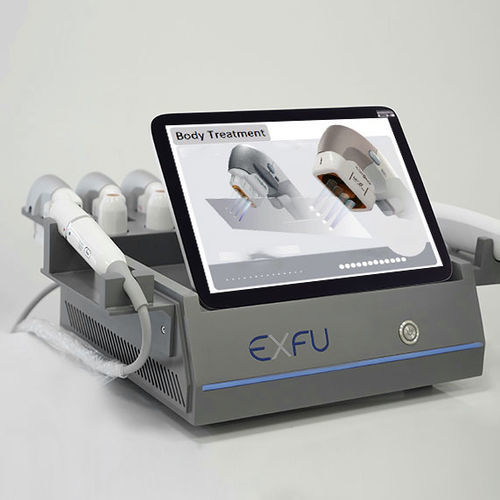
#Product Trends
HIFU has reached maturity, product advantages and treatment methods
7D 9D 11D HIFU
High-intensity focused ultrasound (HIFU) treatment is used for skin tightening and is relatively new. It uses ultrasound energy to encourage the production of collagen, which results in firmer skin.
HIFU is most widely known for its use in treating tumors. The first reported use of HIFU for aesthetic use was in 2008Trusted Source. These days, some consider it a noninvasive and painless replacement for facelifts.
While the procedure is also used for overall facial rejuvenation, lifting, tightening, and body contouring, these are considered “off-label” uses for HIFU, meaning the FDA has yet to approve HIFU for these purposes.
So far, HIFU has been found to be a promising treatment that could replace face lifts, especially in younger people who don’t want the risks and recovery time associated with surgery.
HIFU facial
HIFU uses focused ultrasound energy to target the layers of skin just below the surface. The ultrasound energy causes the tissue to heat up rapidly.
Once the cells in the targeted area reach a certain temperature, they experience cellular damage. While this may seem counterintuitive, the damage actually stimulates the cells to produce more collagen — a protein that provides structure to the skin.
The increase in collagen results in tighter, firmer skinTrusted Source with fewer wrinkles. Since the high-frequency ultrasound beams are focused on a specific tissue site below the skin’s surface, there’s no damage to the upper layers of the skin and adjacent issue.
HIFU has many aesthetic benefits, including:
wrinkle reduction
tightening sagging skin on the neck (sometimes called turkey neck)
lifting the cheeks, eyebrows, and eyelids
enhancing jawline definition
tightening of the décolletage
smoothing the skinWhat does HIFU feel like?
You may experience slight discomfort during an HIFU procedure. Some people describe it as tiny electric pulses or a light prickly sensation.
If you’re worried about pain, your doctor may suggest taking acetaminophen (Tylenol) or a nonsteroidal anti-inflammatory drug (NSAID), such as ibuprofen (Advil), prior to treatment.
Immediately after the treatment, you may experience mild redness or swelling, which will gradually recede over the next few hours.
HIFU for face procedure
There’s no special preparation needed before having an HIFU procedure. You should remove all makeup and skin care products from the target area before treatment.
Here’s what to expect at your appointment:
A physician or technician first cleans the target area.
They may apply a topical anesthetic cream before starting.
The physician or technician then applies an ultrasound gel.
The HIFU device is placed against the skin.
Using an ultrasound viewer, the physician or technician adjusts the device to the right setting.
Ultrasound energy is then delivered to the target area in short pulses for roughly 20 to 40 minutes.
You’re free to go home and resume your normal daily activities right away after the procedure.





